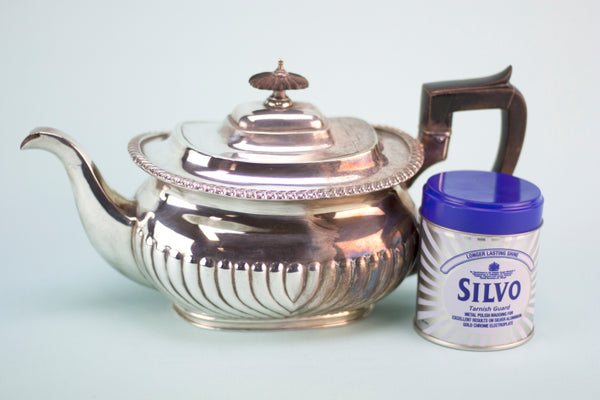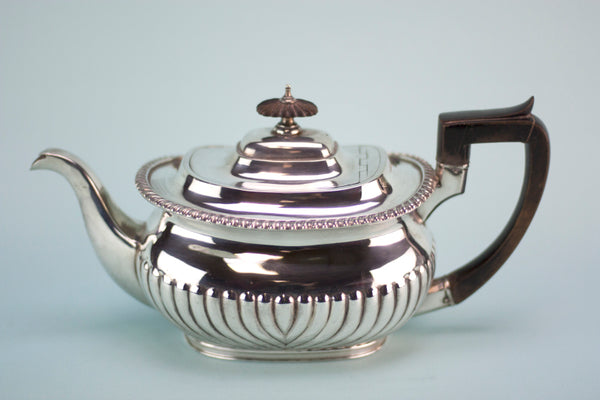How to Use and Care for Silver Plated Homewares

What is silver plate?
It is a base metal, most often copper (copper core) or brass, covered with a layer of pure or sterling silver. A thick silver layer means more silver, a better maker, and a better quality of item. The thicker the layer, the longer the plating will last.
And what silver plate really is
An essential part of any luxury dining occasion, of course. Because silver plated tableware is pretty cool and timeless when it comes to using it. The items are fairly unusual, quite decorative and typically make a great impression on guests. Cutlery is the most common, and silver and silver plated tea and coffee sets are particularly impressive at a fancy tea party. But silver plate is also used for serving dishes, bowls and tureens, condiment sets and gravy boats, as well as a lot of barware – bottle coasters, cocktail shakers and wine bottle carriers.
Polishing and caring when not in use
Light tarnish – polish your silver lightly but often. A lightly tarnished surface is very easy to clean, that is why it is better to polish your silver plated items even if they are not used. Use a silver polishing cloth. They are sold in all good supermarkets and online for about £2.50-£5.00. Avoid very cheap cloths – they contain less polishing agent and dry fast, making them really hard to use and redundant.


Heavy tarnish – use Silvo, widely available, or other silver polishing pastes or liquids. Again, all good supermarkets sell them. Wash off the black tarnish residue with soap and warm water, then polish with a towel and dry.
Never scratch or use steel wool on the silver surface.


Washing silver plated items
Wash silver plated tableware soon after use – or at least rinse them, because most food is acidic and will start eating into the metal. Wash them normally with soap and sponge in warm water, but do not scrub. Dry thoroughly with a towel and let all moisture evaporate before storing them away. We do not recommend cleaning in a hot dishwasher and dryer.
Heavy stains
If your silver plated coffee or teapot interior is heavily stained, fill the pot with hot water and a few spoonfuls of baking soda (watch out: soda bubbles!), and leave to soak for a few hours or overnight. Soda softens even the toughest of residues and makes it easy to wash.
Re-plating is cheap

It is possible and advisable to re-plate most silver plated items, especially if you have a nice, unusual or expensive item. Make sure to use a good specialist. This is what you should know:
- Replating should start at below £10 per item and depends on the silver thickness, measured in microns.
- Old plating must be removed completely, otherwise the item will lose a lot of its decorative detailing.
- The new plating should be thick – typically enough to last another 30-40 years.
- Plating is applied all over, inside the teapot too.
- Some interiors can be gilded – sugar bowls for example.
Silver plated items are extremely durable and will serve you for a very long time if properly cared for.
Quick tips to remember
- Polish lightly but often
- Wash as soon as possible after use
- Dry thoroughly
- Do not scratch
- Don’t use a hot dishwasher
- Re-plating is easy and cheap









